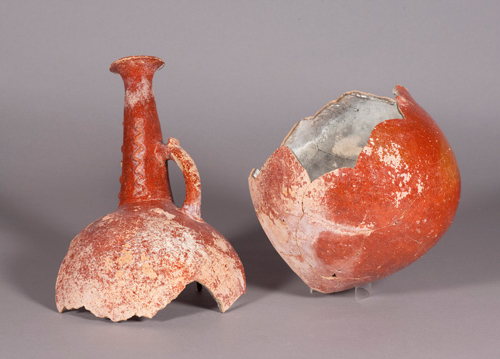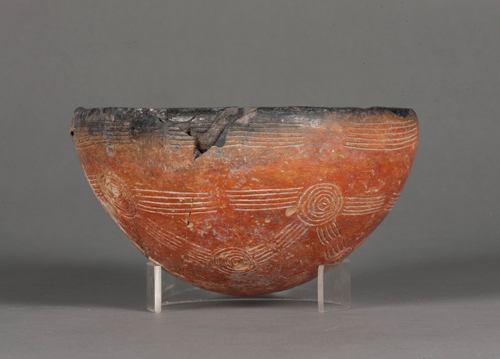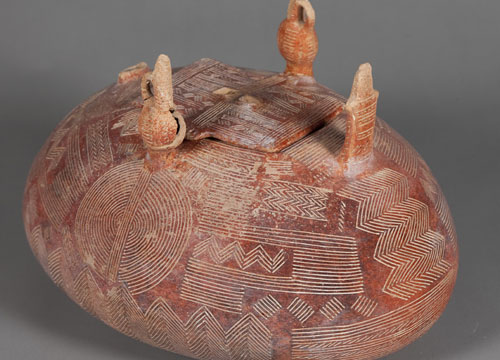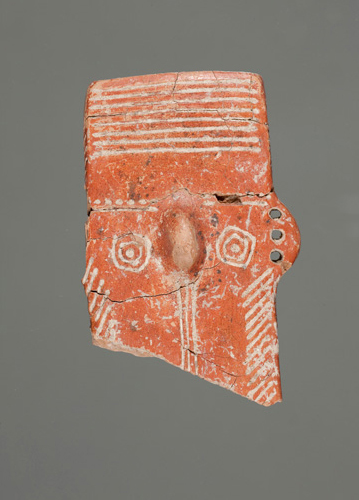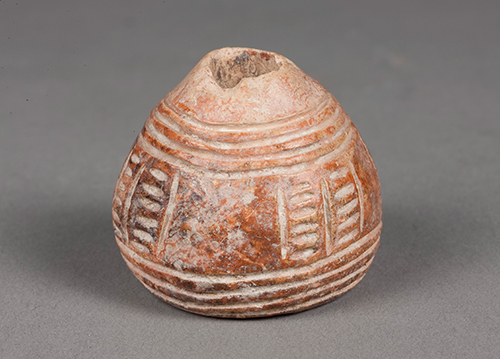Between 1955-1961, Australian archaeologist James Stewart (1913-1962) ran several expeditions in Cyprus, excavating Bronze Age cemetery sites at Ayia Paraskevi, Karmi Lapatsa and Karmi Palealona. Stewart, who was the first person to teach archaeology at an Australian University, used modern methods for these excavations.
At Lapatsa and Palealona, in addition to the small team of 9 or 10 archaeologists, the excavation had oversight from a member of the Department of Antiquities, and employed a foreman, 12 labourers, a night watchman, and a man to look after the donkeys. Everyone helped with the processes, digging out and sieving the dirt, carefully drawing site plans and cross sections, taking photographs of the site and objects, and drawing all the finds. A small selection of what they uncovered is featured here.

